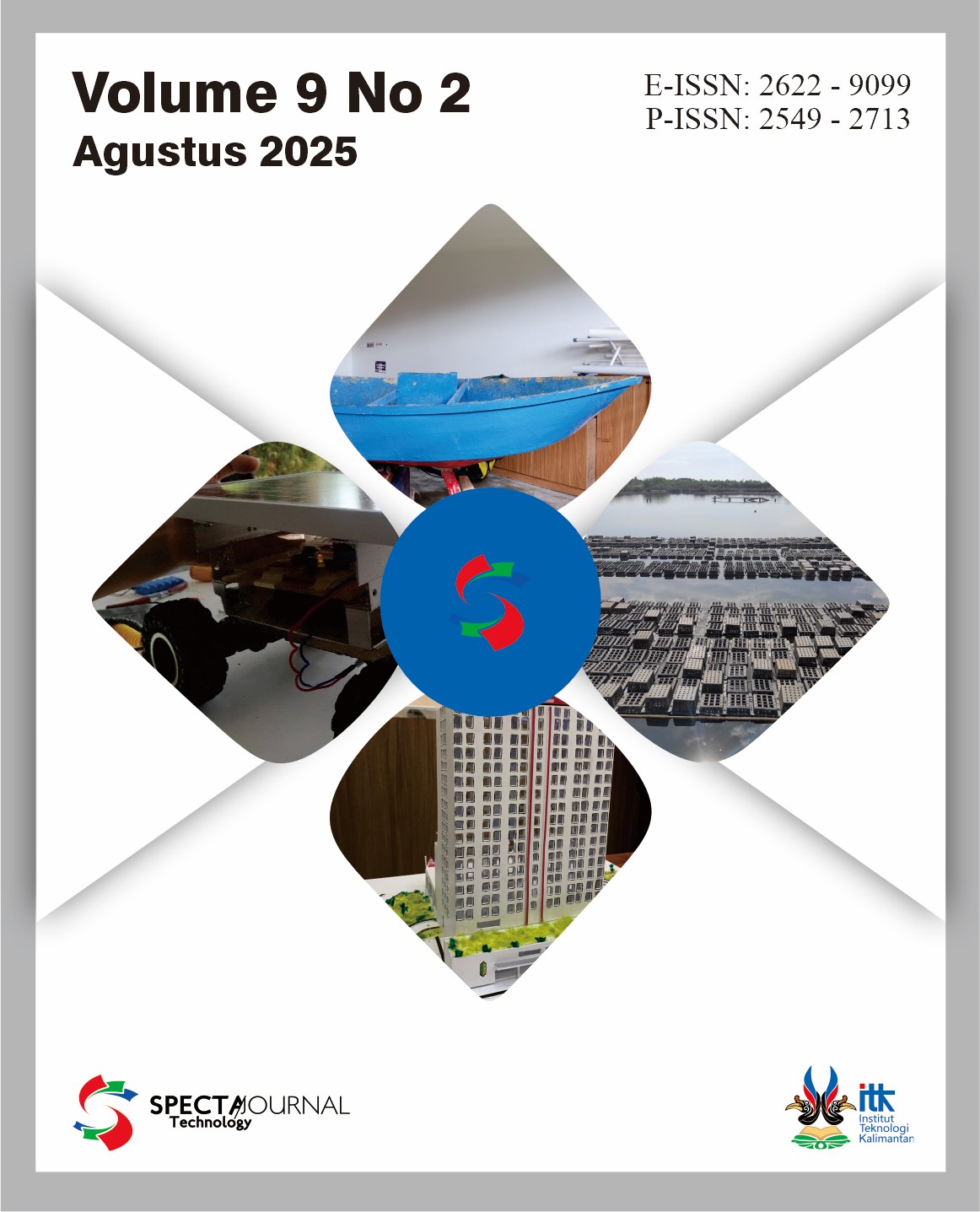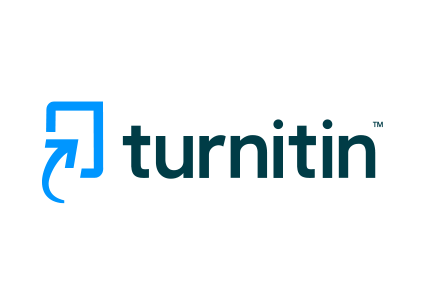State Of Charge Estimation on Lithium ION Batteries Using Quantum Neural Network
DOI:
https://doi.org/10.35718/specta.v9i2.1305Keywords:
Battery, Lithium Ion, State of Charge, Quantum Neural Network, SensorAbstract
Battery applications can be found in electric vehicles, renewable energy power plants and various other portable devices. In this final project research, the author uses the Quantum Neural Network (QNN) method to estimate the State of Charge (SoC) on a lithium-ion battery designed using PYTHON. This research includes the design of a prototype SoC estimation system on lithium-ion batteries using the QNN method, real-time SoC data collection, and comparison of SoC estimation performance using QNN with real-time data. The results of real-time testing of lithium-ion batteries using ACS712 voltage and current sensors for five cycles show the following voltage results: first cycle 10.70 V to 12.68 V, second cycle 10.56 V to 12.66 V, third cycle 10.60 V to 12.69 V, fourth cycle 10.60 V to 12.00 V, and the fifth cycle 10.41 V to 12.07 V. Meanwhile, the current sensor results for five cycles showed a range of 0.1 A to 0.5 A. Each test result per cycle showed a higher increase, although there were small fluctuations, and the overall trend line showed the consistency of the voltage sensor's performance without significant degradation during repeated tests, indicating good stability of the voltage sensor. Then, methods with qubit rotation, linear entanglement, and Neural Network were tested. SoC prediction results using QNN with qubit rotation showed MAPE and RMSE values of 0.14 and 61%, respectively. Furthermore, testing the SoC prediction results on QNN with linear entanglement shows MAPE and RMSE values of 0.08 and 29%, respectively. While the SoC prediction results.
Downloads
Published
How to Cite
Issue
Section
License
Copyright (c) 2025 Raftonado Situmorang, Muhammad Ridho Dewanto, Barokatun Hasanah, Kholiq Deliasgarin, Bagus Gilang Oktafian

This work is licensed under a Creative Commons Attribution-NoDerivatives 4.0 International License.
Authors retain copyright and grant the journal right of first publication with the work simultaneously licensed under a Attribution-NoDerivs 4.0 Generic(CC BY-ND 4.0) that allows others to share the work with an acknowledgement of the work's authorship and initial publication in this journal.




















